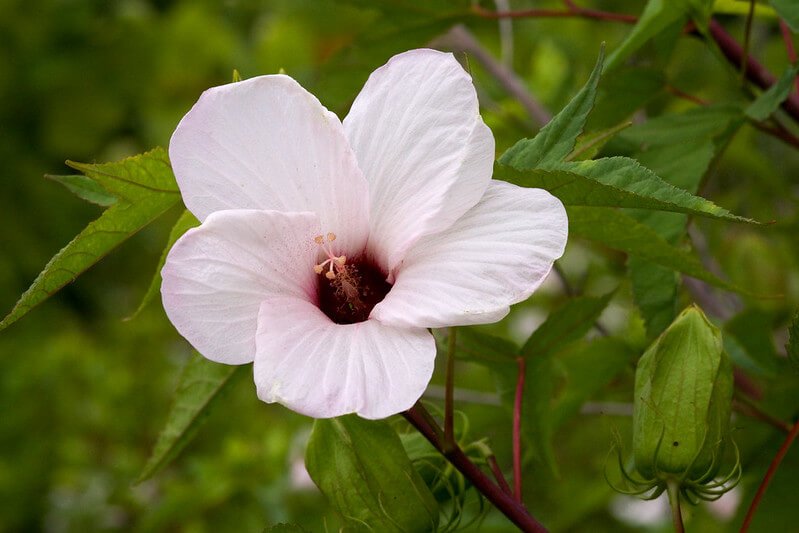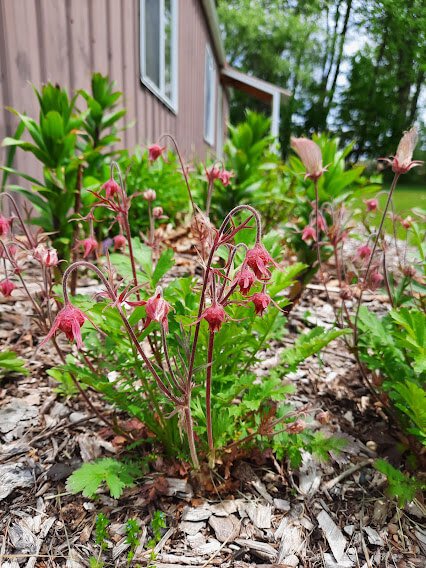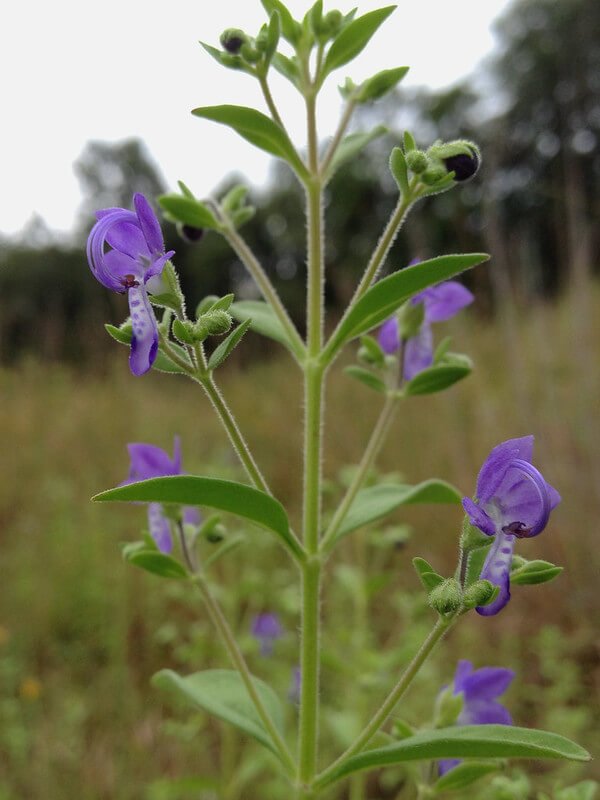Life Cycle: Perennial
Sun Exposure: Full-Partial shade
Soil Moisture: Medium – Dry
Height: 3-9 inches
Plant Spacing: 6-12 inches
Bloom Time: May-July
Bloom Color: Purple
Advantages: Pollinator Favorite, Deer Resistant
Host Plant: 1, possibly more species of butterflies and moths use this as a caterpillar host plant in our area (illinoiswildflower.info)
Species of Concern: State Status: Threatened (legally protected), State Rank: Imperiled (mnfi.anr.msu.edu)







